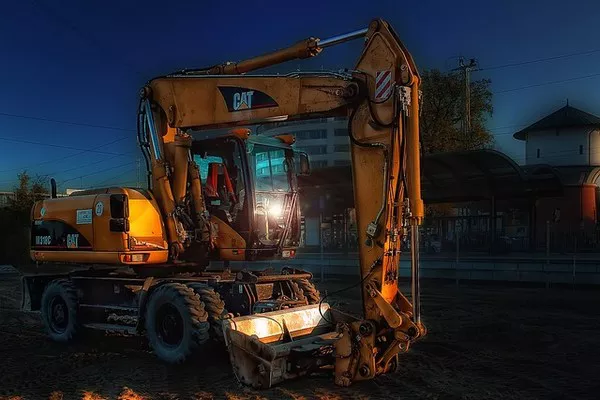In the realm of economic policy, the Federal Reserve’s actions have been focal points of speculation over the past two years. Efforts to curb inflation have often clashed with the Fed’s commitment to tempering economic growth.
Despite occasional market jitters and increased uncertainties for businesses, rate increases have proven effective. The most recent federal report on inflation revealed a moderate 3.4% increase year-over-year, slightly higher than November’s 3.1%.
The Fed aims to stabilize inflation around 2%, achieve monthly job gains of approximately 100,000, and sustain annual wage growth at around 3%. While the stock market may crave quicker results, recent reports indicate progress. Kiplinger forecasts a decline in inflation for 2024, with rates expected to decrease in the coming months.
While the adjustments haven’t been seismic, indications suggest a corrective trajectory for inflation. Concurrently, there are signals of a potential slowdown in job growth, which could be welcome news for manufacturing businesses grappling with persistent talent shortages.
Nevertheless, these shifts take time, and the labor market’s evolution may vary significantly between the first and second halves of the year. Reuters characterizes the related easing of the labor market as “elusive,” with wage growth above 4% and historically high job openings posing challenges for employers.
Recent federal jobs data hints at a subtle shift, with slight declines in job openings and modest increases in layoffs. Workers’ confidence in seeking new opportunities may be waning, indicating a potential shift in the job market’s resilience.
Manufacturers stand to benefit from these developments, particularly as the job openings-to-unemployed jobseekers ratio approaches pre-pandemic levels. However, realizing these benefits requires strategic considerations.
Manufacturers should anticipate a gradual normalization of the labor market dynamics, which may marginally reduce job seekers’ leverage over employers. Moreover, continued investments in workplace improvements and hiring incentives could yield positive outcomes.
Julia Pollack of ZipRecruiter notes a shift in employers’ recruitment strategies, suggesting a less aggressive pursuit of new hires, especially outside sectors like healthcare.
As 2024 unfolds, manufacturers must remain vigilant for subtle shifts in labor market dynamics. Failing to adapt to evolving conditions could result in missed opportunities. Skanda Amarnath of Employ America emphasizes the importance of the Fed recalibrating its focus toward potential downside risks in the labor market amidst a slowing job market.
In summary, navigating the intersection of economic policy and manufacturing labor requires astute observation and adaptive strategies to capitalize on emerging opportunities while mitigating risks.

